How to Trend With Google Trends
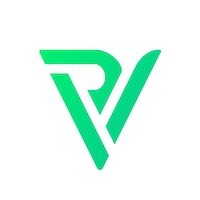
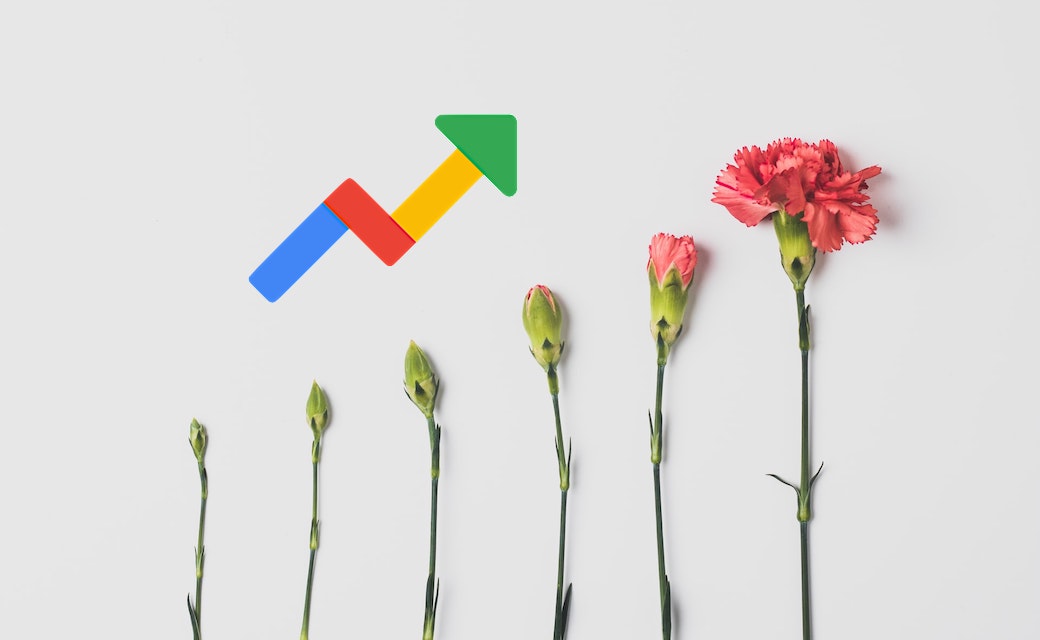
Nowadays, Google has many powerful tools that were created to serve businesses. Over the last decade, Google has spent time on expanding and perfecting their tools library in an attempt to be the go-to resource for business owners. However, many business owners haven't heard about a lot of the tools they offer completely for free. Knowing about the tools they offer can be extremely helpful in managing and making decisions for your business. For tracking website visitors, you can use Google Analytics. Want to see how your website is ranking? Use Google Search Console. Take care of meetings with Google Meet, and organize your schedule and be reminded of events through Google Calendar. However, there is one tool that we believe is extremely powerful and underrated. That tool is Google Trends.
With Google Trends you get free insight into what over a billion people are searching each and every day on Google. You essentially get access into all the priceless data Google has been collecting since 2004 and the best part about it is that it is extremely versatile while remaining easy to use.
Google Trends can be used to analyze all types of correlations. For example, with trends you can see how different industries are affected by seasonal changes, ice cream sells better during the summertime and ski boards sell better during winter. Sometimes though, there are hidden causes and unexpected events that affect the way people operate. With Covid-19, businesses faced unprecedented circumstances. With the power of Google Trends, we can tell how big the impact was on different industries, we can see what industries grew and which industries were adversely affected. To measure these effects, all we have to do is plug in up to 4 searches and select the timeframe we'd like to see.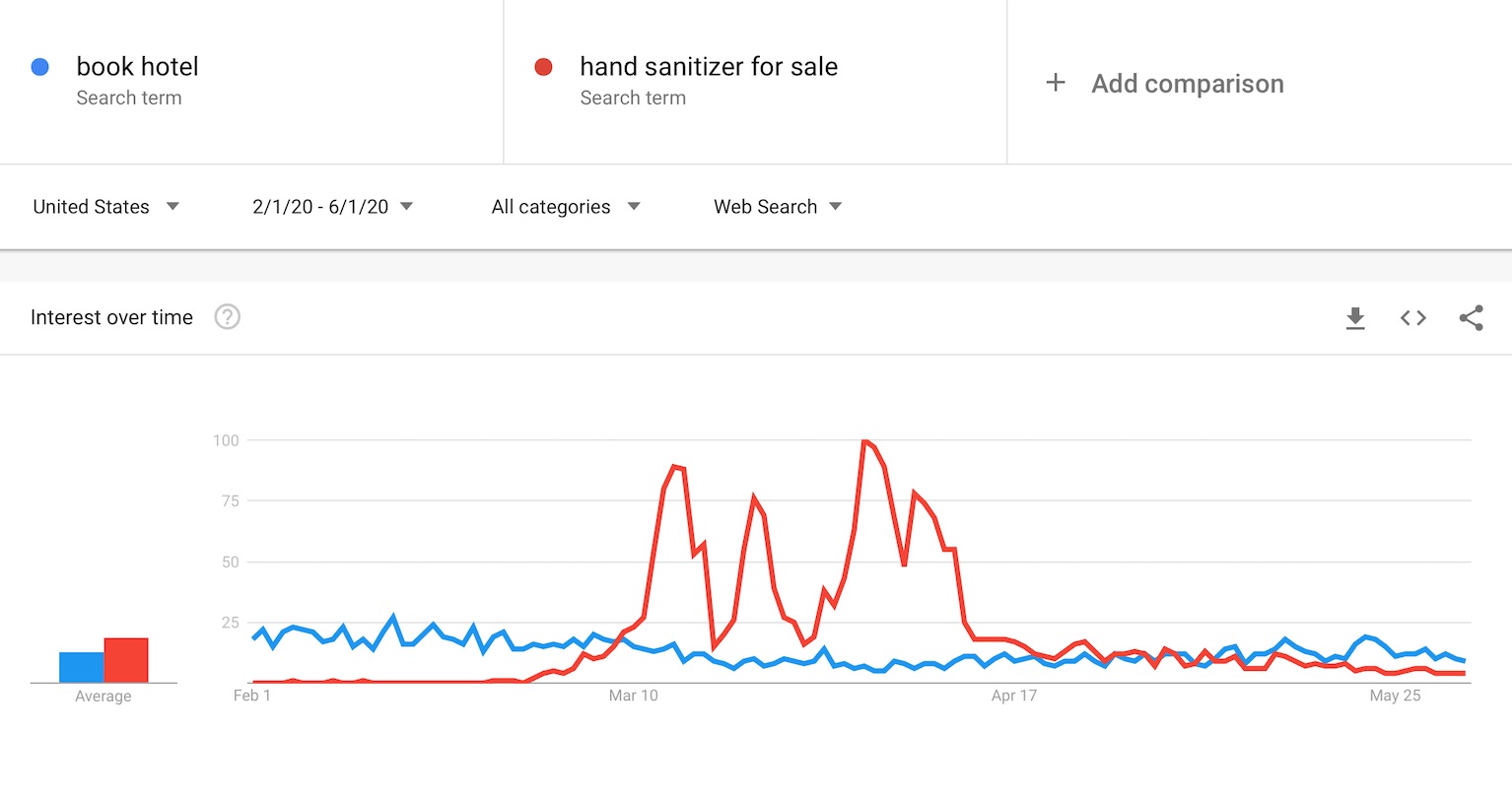
By plugging in "book hotel" and "hand sanitizer for sale", we can clearly identify how these industries were affected and the magnitude of the effect. With Trends we can see it's pretty clear what people were spending their saved up vacation money on. By using Google Trends you can discover what matters most to consumers, you can also predict what will matter to consumers by looking for trends that showcase annual or biannual patterns.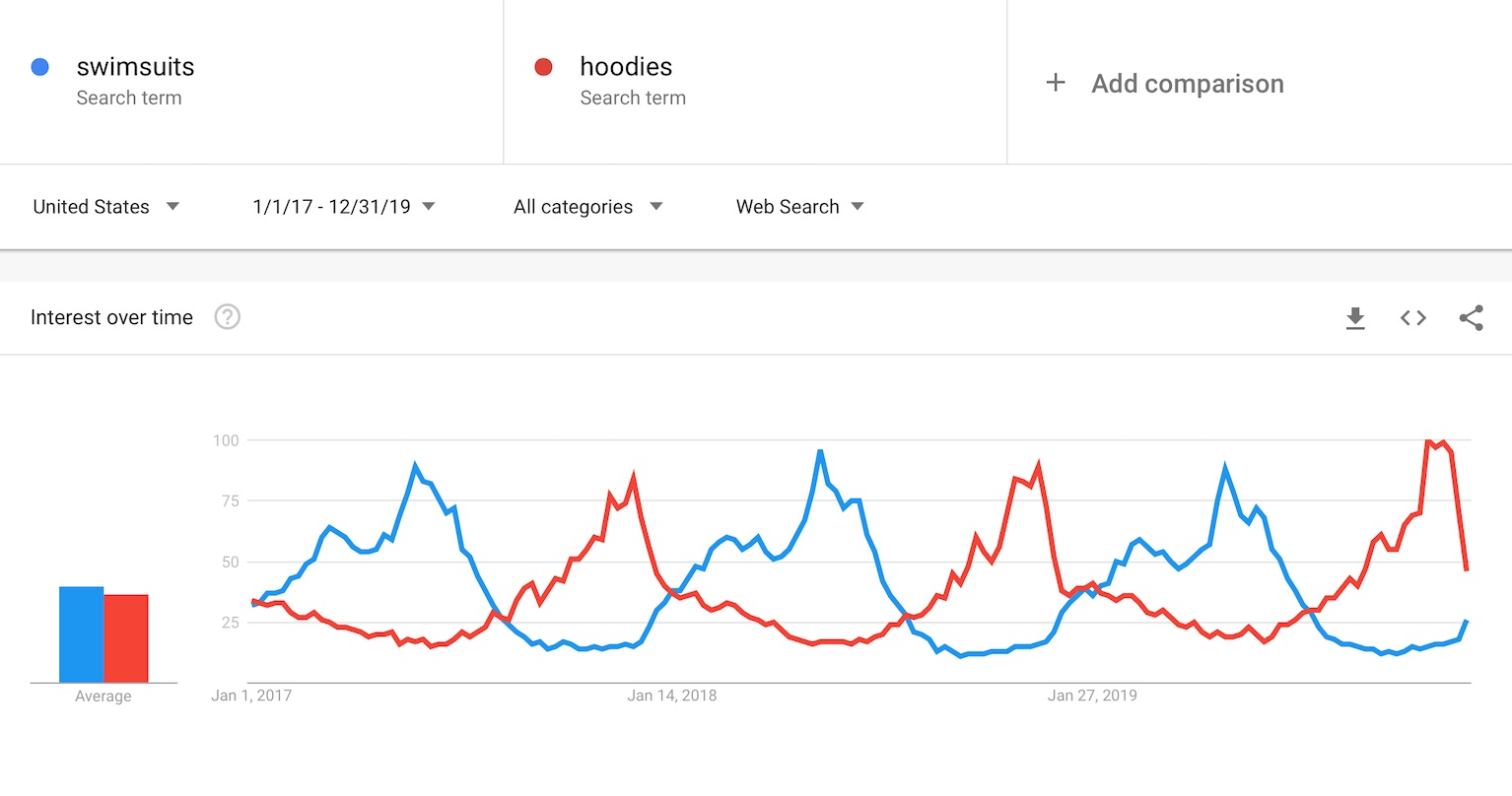
For example, if we plug in "swimsuits" and "hoodies", we can see what time of the year people are most likely to be looking for these products. The chart shows that searches for swimsuits peaks once in the middle of March and again near the end of May before sharply declining throughout July. If you operate a clothing company, this would be extremely helpful when deciding on when to promote the products you sell.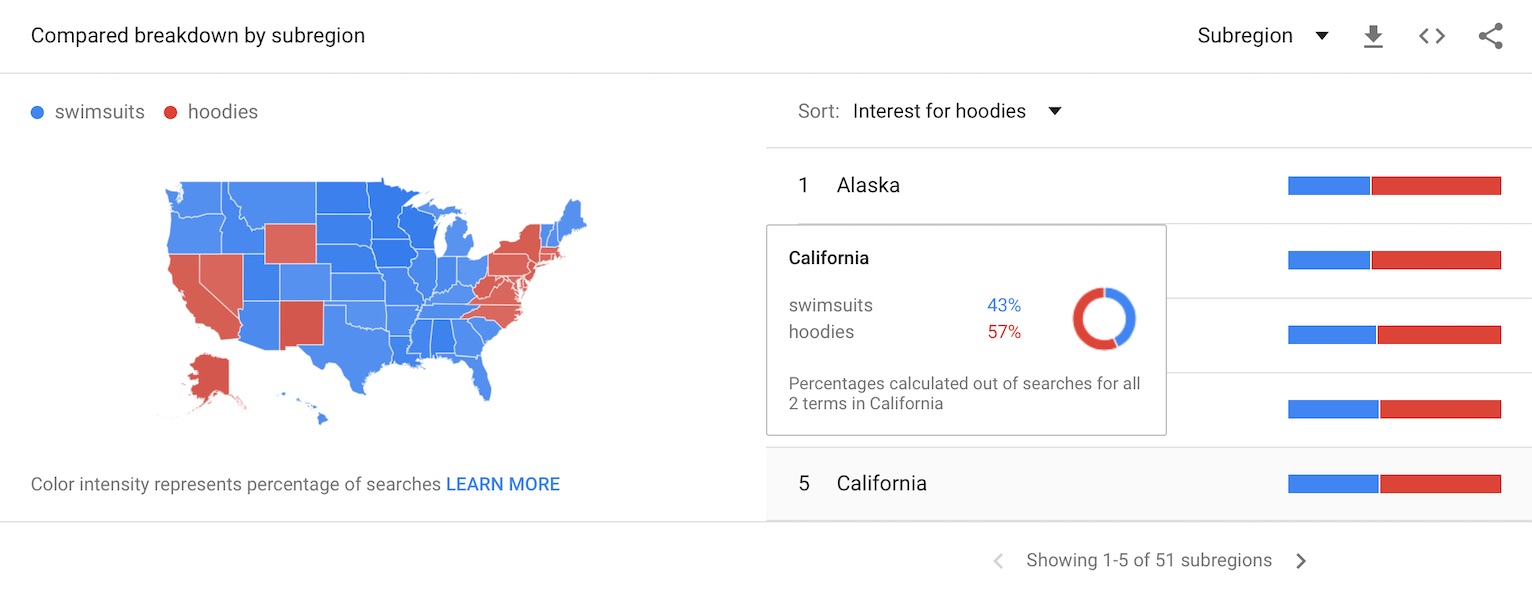
You can also see what different states are interested in compared to others. It may seem as though swimsuits would be more coveted in the Mediterranean-like climate of California, but that isn't the case. Hoodies edge out searches for swimsuits with an incredible gap of 14%! All this information is extremely valuable when creating ad campaigns and determining your target markets. By recognizing trends of where and when people are most likely to purchase your product or use your service you can end up selling more and saving more. With proper utilization of data from trends in your campaigns the odds of making a sale will inevitable go up and the amount you spend per sale on advertising will end up considerably decreasing.
So get trending today, learn more about seasonal and unpredictable changes and use them to your advantage. Better understanding industry dynamics will undoubtedly help you make better decisions for your business!


